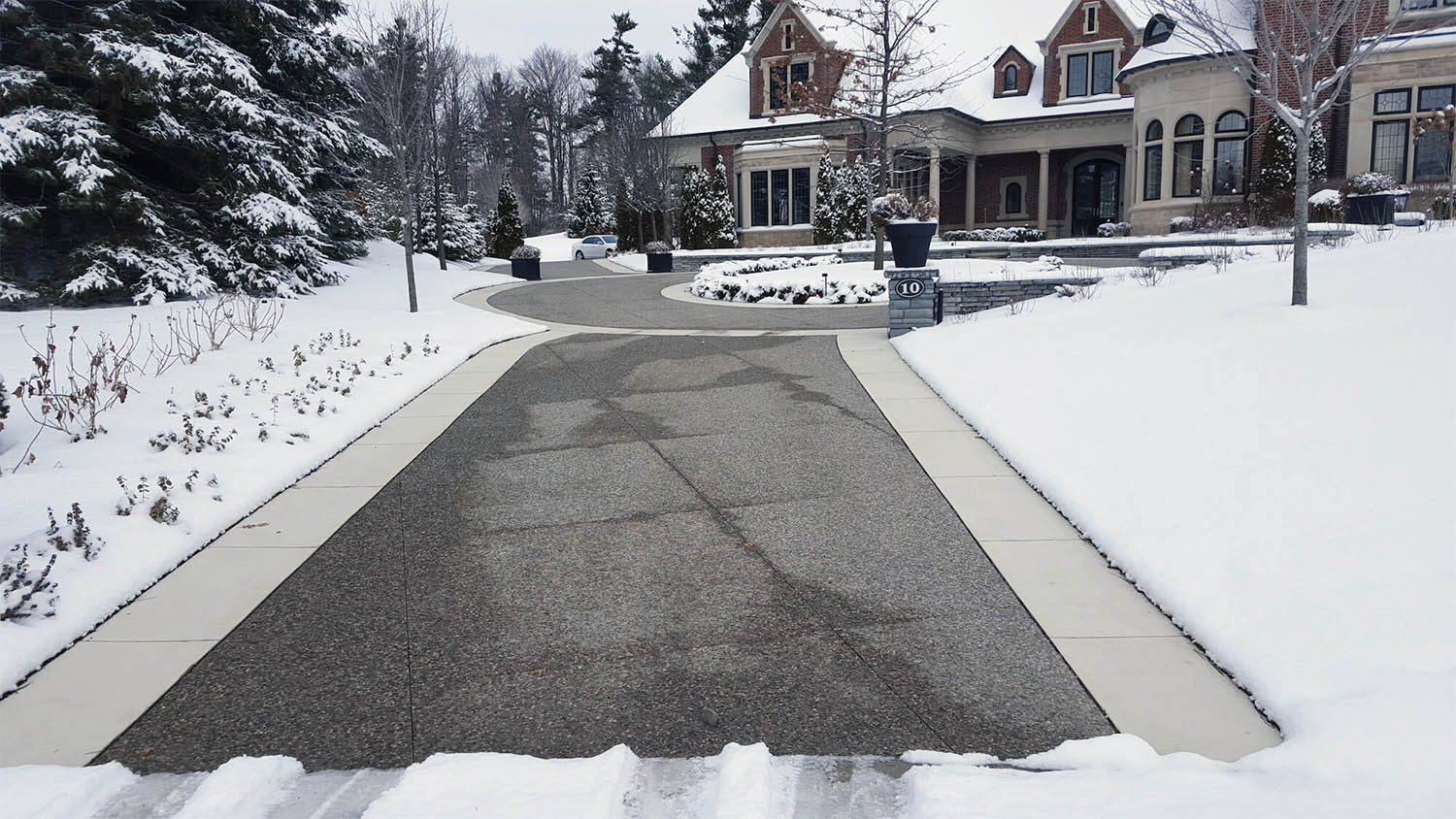

Articles
How To Keep Driveway From Freezing
Modified: August 28, 2024
Discover effective methods to prevent your driveway from freezing with these informative articles. Learn how to protect your pavement and avoid dangerous icy conditions.
(Many of the links in this article redirect to a specific reviewed product. Your purchase of these products through affiliate links helps to generate commission for Storables.com, at no extra cost. Learn more)
Introduction
During the winter months, one of the common challenges that homeowners face is dealing with a frozen driveway. The freezing temperatures can cause ice and snow to accumulate, making it difficult and unsafe to walk or drive on the driveway. Not only can this pose a hazard for you and your family, but it can also cause damage to your vehicle and property. Therefore, it is essential to take proactive measures to prevent your driveway from freezing.
In this article, we will discuss various methods and techniques to keep your driveway from freezing. From understanding the causes of freezing to implementing preventive measures and maintenance tips, we have got you covered. By following these guidelines, you can ensure a clear and safe driveway throughout the winter season.
Key Takeaways:
- Proactive maintenance, such as cleaning, sealing, and improving drainage, is key to preventing driveway freezing. Applying deicing agents and insulation methods can also provide effective solutions for a safe and functional driveway during winter.
- Regular snow removal, using appropriate tools, and monitoring drainage are essential for ongoing maintenance to prevent driveway freezing. Consider installing a heating system for long-term convenience and peace of mind.
Read more: How To Keep Gutters From Freezing
Understanding the Causes of Driveway Freezing
Before we delve into the solutions, it is important to understand the underlying causes of driveway freezing. By identifying the factors that contribute to freezing, you can effectively tackle the issue and implement the appropriate preventive measures.
The primary cause of driveway freezing is the exposure to freezing temperatures. When the temperature drops below the freezing point, any moisture present on the driveway, such as melted snow or water runoff, can turn into ice. Additionally, factors such as inadequate drainage, lack of sunlight, and low ambient temperatures can further contribute to the formation of ice.
Another key factor to consider is the type of material used for your driveway. Different materials have varying susceptibilities to freezing. For instance, asphalt driveways are more prone to freezing due to their dark color, which absorbs heat from the sun, causing snow and ice to melt and refreeze more slowly compared to lighter-colored surfaces.
Furthermore, the slope of your driveway plays a significant role in its likelihood of freezing. Driveways with steep inclines tend to collect more water, which can freeze quickly and create hazardous conditions. This is why it’s important to take into account the slope of your driveway when implementing preventive measures.
By understanding these causes, you can take proactive steps in preventing your driveway from freezing and ensure a safe environment for yourself and others.
Preparing the Driveway for Winter
Before the winter season arrives, it is crucial to prepare your driveway to minimize the chances of freezing. Taking the time to properly prepare your driveway will help prevent ice buildup and make it easier to maintain throughout the winter. Here are some essential steps to follow:
- Clean the driveway: Start by thoroughly cleaning your driveway. Remove any debris, leaves, or dirt using a broom or a leaf blower. Clearing the surface will allow for proper application of preventive measures.
- Repair any cracks or damage: Inspect your driveway for any cracks or damage. These can worsen during cold weather and lead to water infiltration, which will result in freezing. Fill in any cracks with a suitable driveway filler or patching compound.
- Apply a sealant: Consider applying a sealant to your driveway to protect it from moisture and prevent water from seeping into the surface. A high-quality driveway sealant will create a protective barrier and enhance the longevity of your driveway.
- Improve drainage: Ensure that your driveway has proper drainage to prevent the accumulation of water. Redirect any downspouts or gutters away from the driveway and ensure that water flows away from the surface.
- Consider using a deicer: If your area experiences frequent freezing temperatures, you may want to consider pre-treating your driveway with a deicing agent before a snowstorm. This can help prevent ice from forming and make it easier to clear snow and ice afterwards.
By following these steps, you can prepare your driveway for winter and reduce the risk of freezing. Remember, proactive maintenance and preparation are key to ensuring a safe and functional driveway during the colder months.
Applying Deicing Agents
Deicing agents are substances used to melt ice and prevent its formation on the driveway. They are commonly available in various forms, including granules, powders, and liquids. When applied correctly, deicing agents can effectively break down ice and create a safer surface for walking and driving. Here are some tips for applying deicing agents:
- Choose the right deicing agent: There are different types of deicing agents available, each with its own advantages and disadvantages. Calcium chloride, rock salt (sodium chloride), and potassium chloride are commonly used deicers. Consider the temperature and specific needs of your driveway when selecting the appropriate deicing agent.
- Follow the instructions: Read and follow the instructions provided by the manufacturer for proper application. Pay attention to recommended dosages, application rates, and safety precautions. Applying too little or too much deicer can reduce its effectiveness or damage the driveway surface.
- Apply deicer before the snowfall: To prevent ice from forming, apply deicer to your driveway before a snowstorm. This will help to create a barrier between the snow and the driveway surface, making it easier to clear the snow later on.
- Spread deicer evenly: Use a spreader or a shovel to evenly distribute the deicing agent across the surface of the driveway. This will ensure that no areas are missed and prevent uneven melting.
- Clear the melted ice: Once the deicer has melted the ice, it is important to clear the melted ice promptly. This will prevent re-freezing and potential slip hazards. Use a shovel or a snowblower to remove the slush and dispose of it properly.
It is important to note that while deicing agents are effective in melting ice, they can have some negative effects on the environment and the longevity of your driveway. Use deicers sparingly and consider using environmentally friendly options when possible.
By properly applying deicing agents and following these tips, you can effectively melt ice on your driveway and create a safer environment during winter.
To keep your driveway from freezing, apply a layer of rock salt or calcium chloride before a snowstorm. This will help prevent ice from forming and make it easier to shovel or plow the snow.
Using Insulation Methods
Insulation methods are a proactive approach to prevent driveway freezing by minimizing the exposure of the surface to cold temperatures. Insulating your driveway can help retain the heat and prevent rapid freezing of moisture. Here are some effective insulation methods to consider:
- Use a snow-melting blanket: A snow-melting blanket is a specially designed mat that can be laid on the driveway before snowfall. These blankets contain heating elements that melt snow and prevent ice formation. They are easy to install and can be controlled with a switch or timer.
- Layer the driveway with insulation boards: Insulation boards, such as foam boards or rigid insulation, can be placed beneath the driveway surface to prevent heat loss. These boards act as a barrier, reducing the contact between the ground and the driveway surface.
- Consider geothermal heating: Geothermal heating systems utilize the natural heat from the Earth to warm the driveway surface. This eco-friendly method involves burying pipes beneath the driveway and circulating heated fluid to prevent freezing. While it may require professional installation, it provides long-term benefits and energy efficiency.
- Install heated cables: Electric heating cables can be installed beneath the driveway surface to provide constant heat and prevent freezing. These cables can be controlled with a thermostat and are often used in areas prone to frequent snowfall and freezing temperatures.
- Create a wind barrier: Strong winds can accelerate freezing by blowing cold air onto the driveway surface. Consider installing a wind barrier to shield the driveway from gusts of wind. This can be accomplished by erecting a fence or using shrubs or trees as natural windbreakers.
It’s important to note that insulation methods may require professional installation and can be more expensive compared to other preventive measures. Consider your budget, climate, and specific needs when deciding on the most suitable insulation method for your driveway.
By implementing insulation methods, you can minimize heat loss and significantly reduce the risk of driveway freezing, ensuring a safer and more functional surface during the winter months.
Read more: How To Keep Hot Tub From Freezing
Installing a Heating System
If you live in an area with severe winters and experience frequent driveway freezing, installing a heating system is an effective long-term solution. A heating system can provide continuous heat to your driveway, preventing ice accumulation and ensuring a clear and safe surface. Here are some popular options for driveway heating systems:
- Radiant Heat Systems: Radiant heat systems involve installing heating elements directly into the driveway surface. These elements heat up the driveway, melting any snow or ice that comes into contact with it. Radiant heat systems can be powered by electricity or hydronics (hot water or fluid) and can be controlled through a thermostat or automated timer.
- Hydronic Systems: Hydronic heating systems use a boiler or water heater to heat a fluid, such as water or glycol, which is then pumped through tubing installed beneath the driveway surface. The heated fluid warms the driveway, preventing ice accumulation. Hydronic systems are often more energy-efficient and have lower operating costs compared to electric systems.
- Electric Cable Systems: Electric cable systems involve installing heating cables beneath the driveway surface. These cables generate heat when electric current passes through them, melting any snow or ice. Electric cable systems can be controlled by a thermostat or automated timer and are relatively easy to install.
- Solar-Powered Systems: Solar-powered heating systems utilize solar energy to generate heat for the driveway surface. Solar panels are installed to capture sunlight, which is converted into energy to power the heating system. While this option is more environmentally friendly, it may be less effective in areas with limited sunlight during the winter months.
It is important to consider factors such as budget, maintenance requirements, and energy efficiency when choosing a heating system for your driveway. Professional installation may be required, especially for more complex systems like radiant or hydronic heating.
Installing a heating system provides the benefit of constant heat, ensuring that your driveway remains clear and safe during freezing temperatures. While it requires a higher upfront investment, it offers long-term convenience and peace of mind.
Regular Maintenance Tips to Prevent Freezing
Preventing driveway freezing requires ongoing maintenance and vigilance. By following these regular maintenance tips, you can significantly reduce the risk of ice accumulation and maintain a safe driveway throughout the winter:
- Shovel and clear snow promptly: As soon as snowfall stops, make it a priority to shovel and clear snow from your driveway. The longer snow sits on the surface, the higher the chances of it melting and refreezing, creating icy patches.
- Use a snowblower: If you have a large driveway, consider using a snowblower to efficiently remove snow. A snowblower helps to clear the driveway more quickly and effectively, reducing the likelihood of ice formation.
- Avoid using metal shovels: Metal shovels can scratch or damage certain driveway surfaces. Opt for plastic or rubber-edged shovels, which are gentle on the driveway but still effective in clearing snow.
- Apply sand or kitty litter: Sprinkling sand or kitty litter onto icy patches provides traction and helps prevent slips and falls. These materials provide grip on the surface, making it easier to walk or drive over icy areas.
- Remove ice as soon as possible: If ice does form on your driveway, use an ice scraper or ice melt to remove it promptly. The longer ice remains, the tougher it becomes to remove, and the greater the risk of accidents.
- Prevent refreezing: After removing ice, be sure to clear any water or slush from the surface. This helps to prevent refreezing and the formation of new ice patches.
- Inspect and repair drainage: Regularly inspect your driveway for any signs of poor drainage. Ensure that gutters, downspouts, and drains are clear and functioning properly. Proper drainage helps minimize water accumulation and reduces the likelihood of freezing.
- Keep a supply of deicing agents: Stock up on deicing agents, such as calcium chloride or rock salt, to have on hand during winter. When necessary, apply them to icy patches to melt the ice and create a safer surface. Follow the manufacturer’s instructions for proper application.
- Be cautious when using chemicals: While deicing agents can help melt ice, some chemicals can damage or stain certain driveway surfaces. Read the labels and select deicing agents that are compatible with your specific driveway material.
- Regularly monitor the condition of your driveway: Periodically inspect your driveway for cracks, potholes, or other signs of damage. Repairing these issues promptly can help prevent water infiltration and minimize the risk of freezing and further deterioration.
By incorporating these regular maintenance tips into your winter routine, you can proactively prevent driveway freezing and maintain a safe and functional surface for yourself and others.
Conclusion
Dealing with a frozen driveway during the winter months can be both frustrating and hazardous. However, by understanding the causes of driveway freezing and implementing preventive measures, you can ensure a clear and safe surface throughout the winter. Whether it’s preparing the driveway for winter, applying deicing agents, utilizing insulation methods, installing a heating system, or following regular maintenance tips, there are numerous strategies you can employ to prevent driveway freezing.
Regular maintenance, such as promptly clearing snow, using appropriate tools, and monitoring the condition of your driveway, is crucial in minimizing the risk of ice accumulation. Furthermore, taking proactive measures, such as applying deicing agents before snowfall, insulating the driveway surface, or installing a heating system, can provide long-term solutions for preventing freezing.
Remember to choose the most suitable method based on your budget, climate, and specific needs. Consulting a professional for installation or seeking expert advice can also be beneficial in determining the best approach for your specific situation.
By incorporating these preventive measures and regularly maintaining your driveway, you can significantly reduce the chances of freezing, ensuring a safe and functional surface for walking and driving. Prioritizing the care and maintenance of your driveway during the winter season will not only enhance your safety but also protect your property and vehicles from potential damage caused by freezing conditions.
So, don’t let winter weather freeze your plans – take action now to keep your driveway clear and safe throughout the season.
Frequently Asked Questions about How To Keep Driveway From Freezing
Was this page helpful?
At Storables.com, we guarantee accurate and reliable information. Our content, validated by Expert Board Contributors, is crafted following stringent Editorial Policies. We're committed to providing you with well-researched, expert-backed insights for all your informational needs.
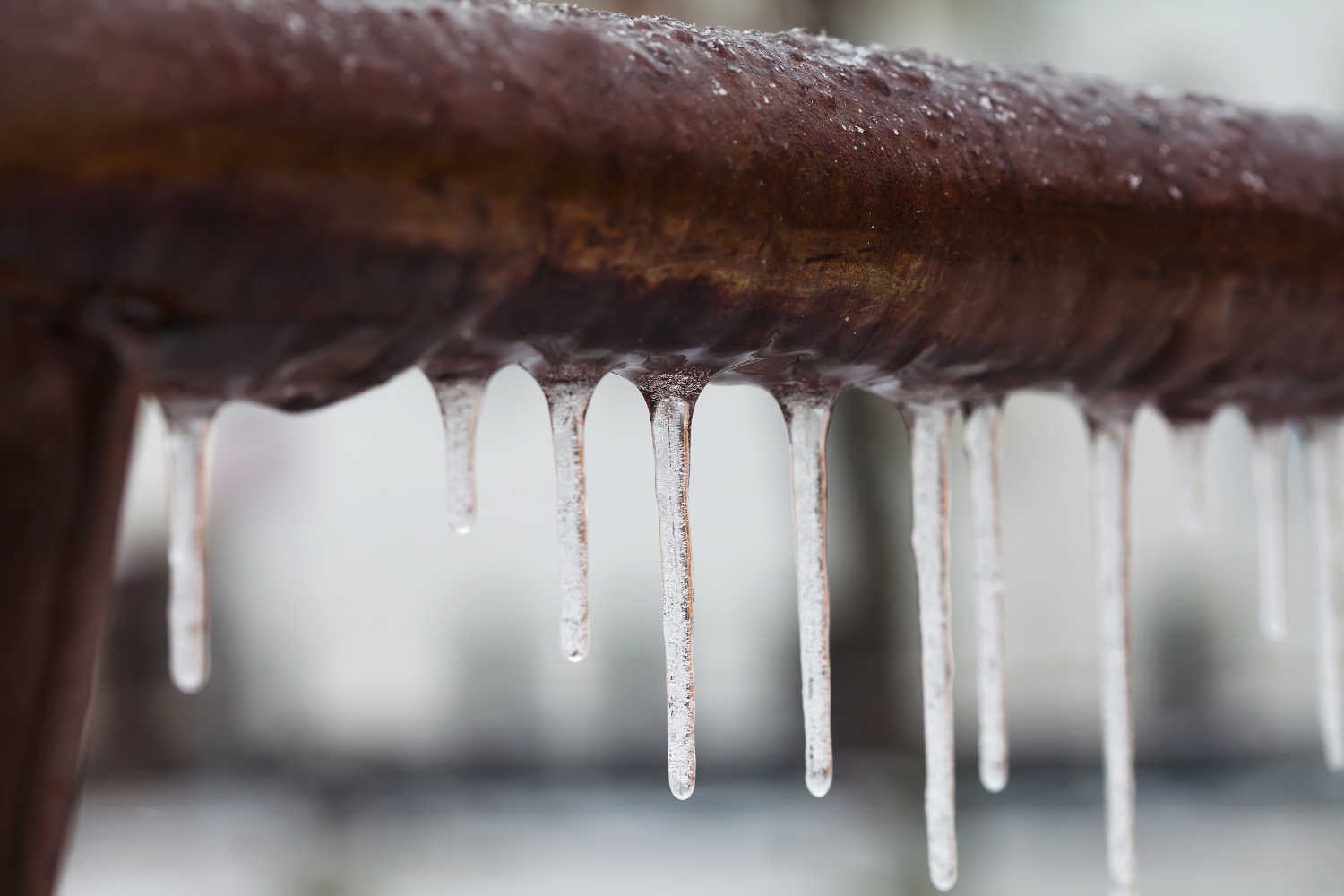
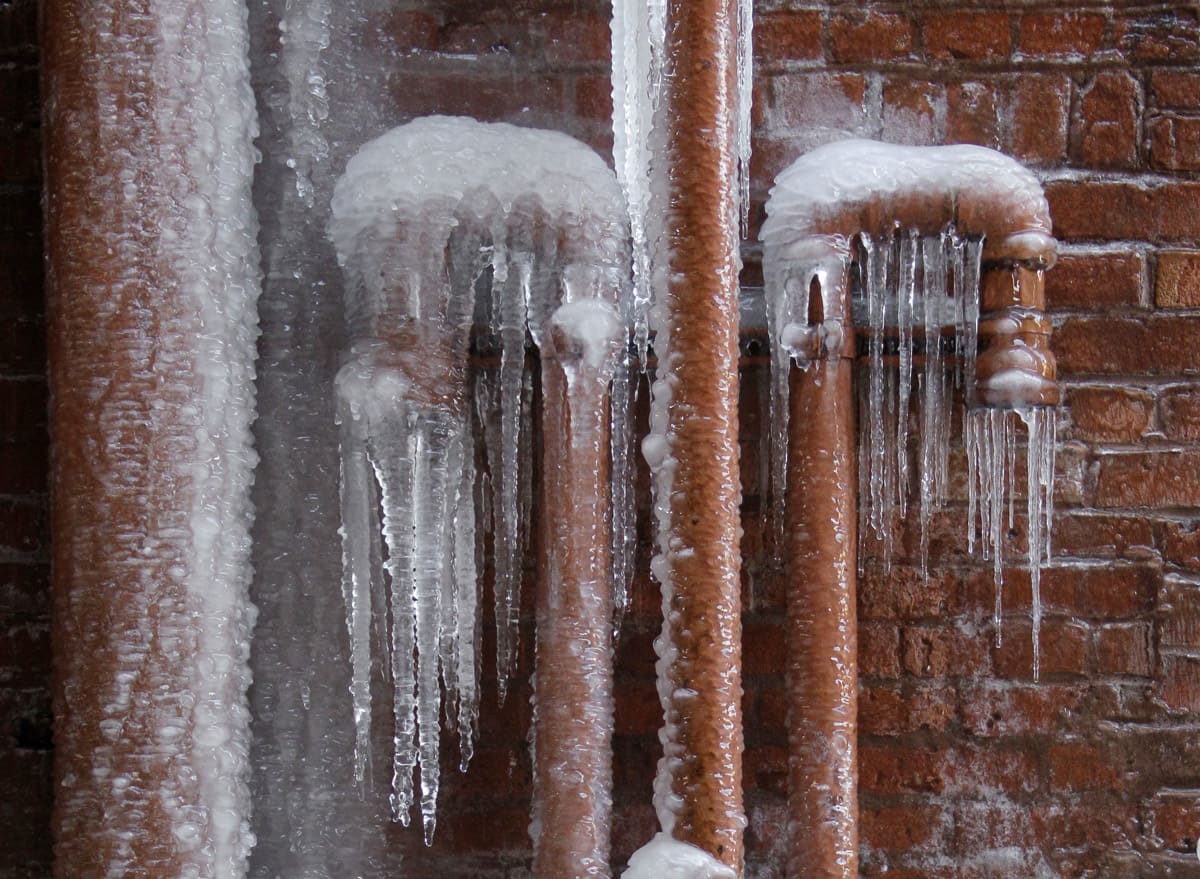
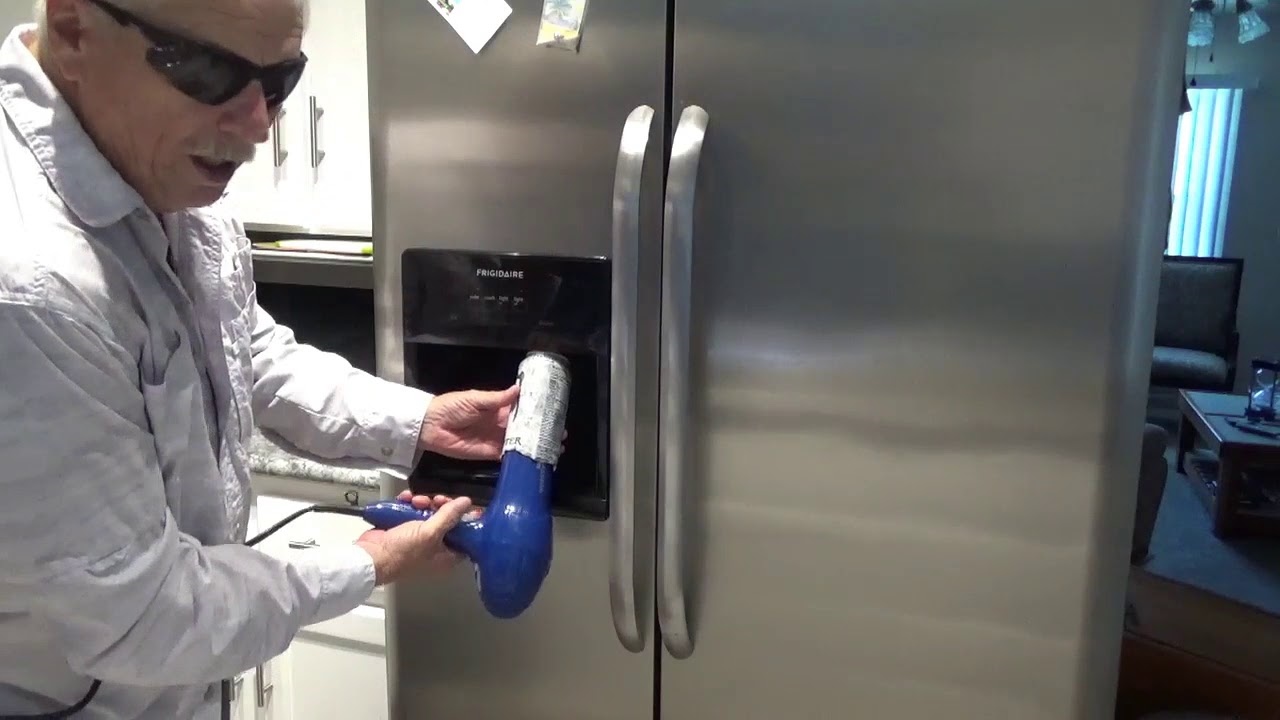
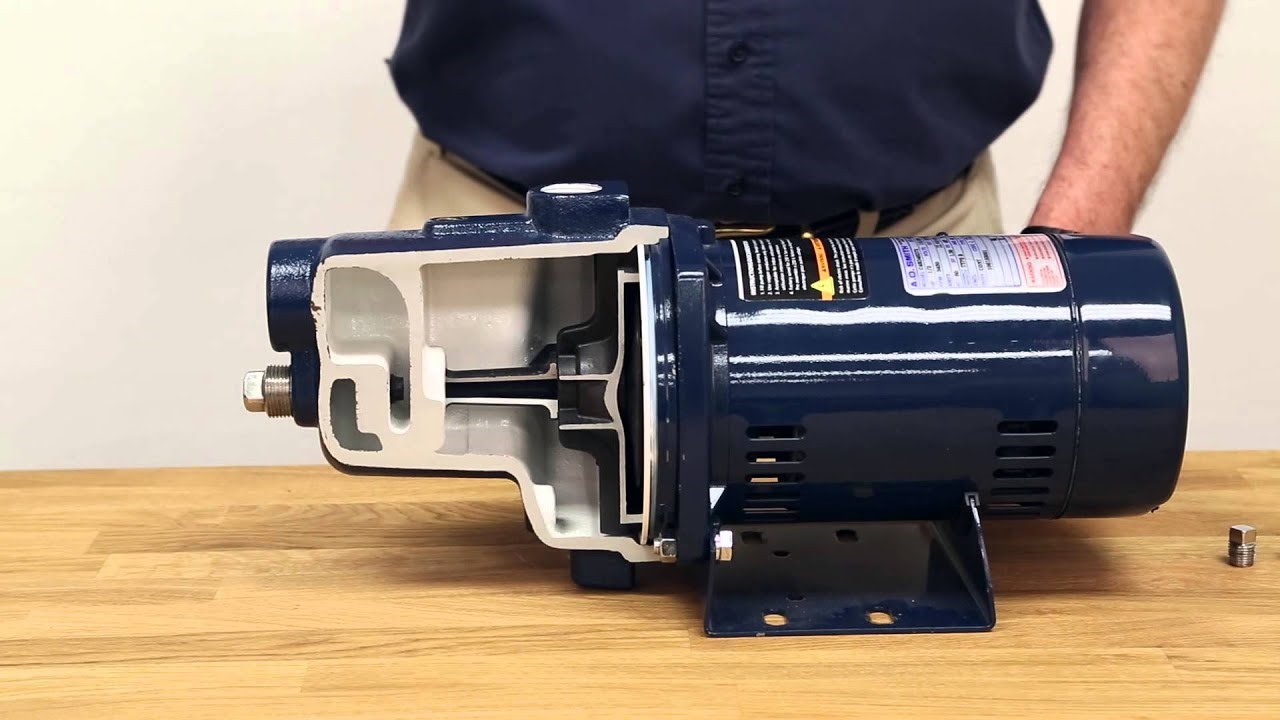
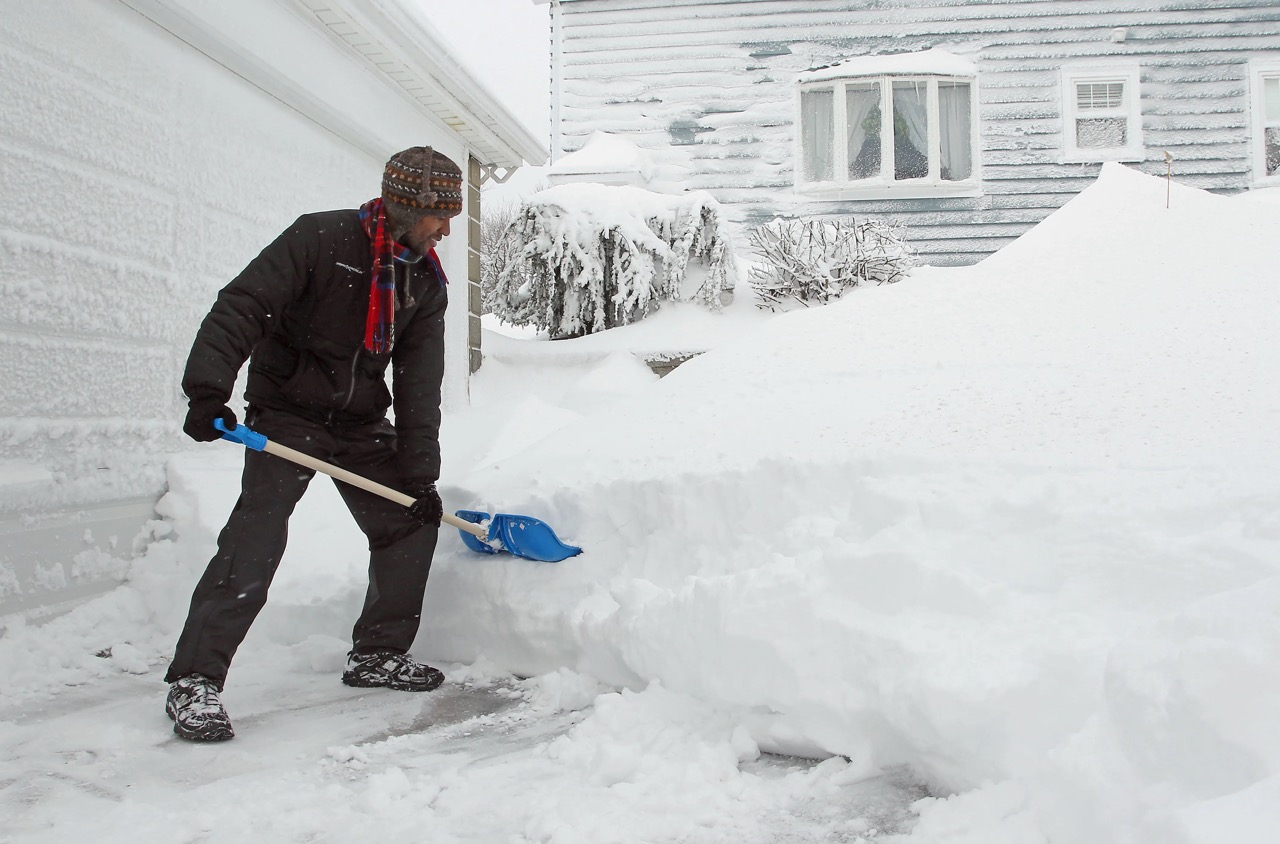
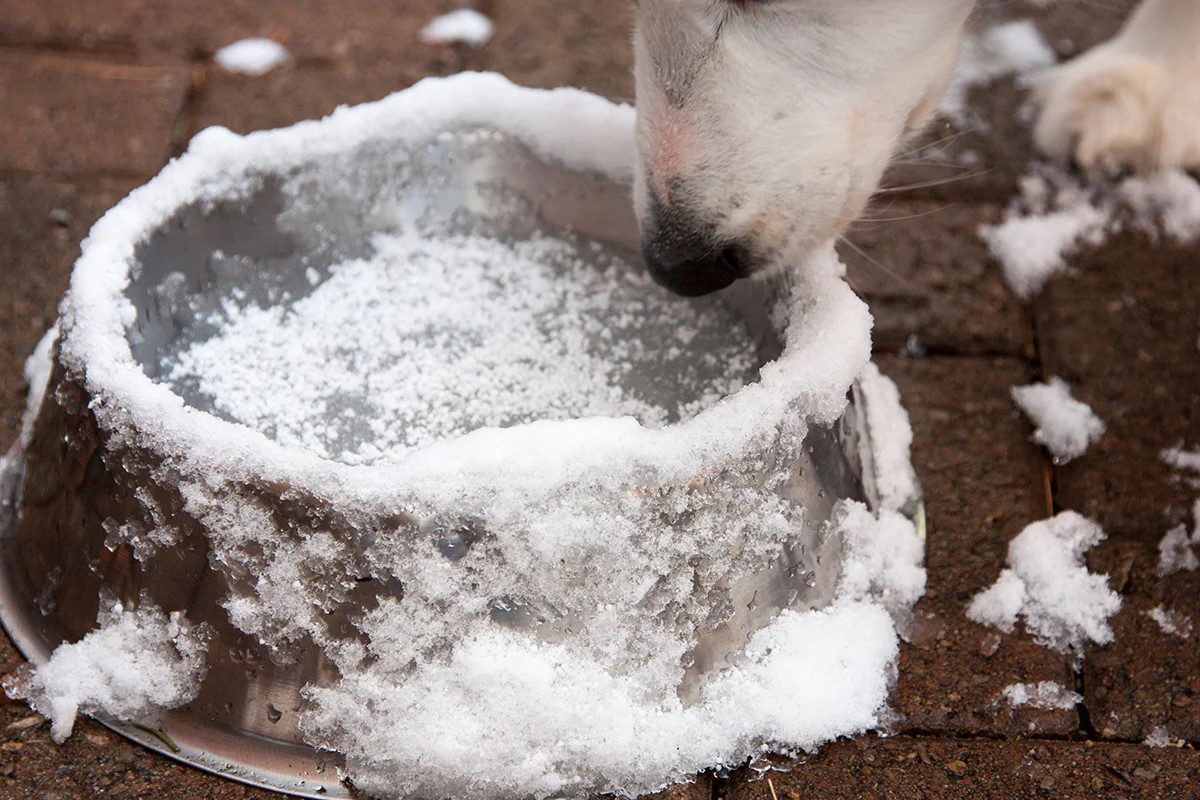
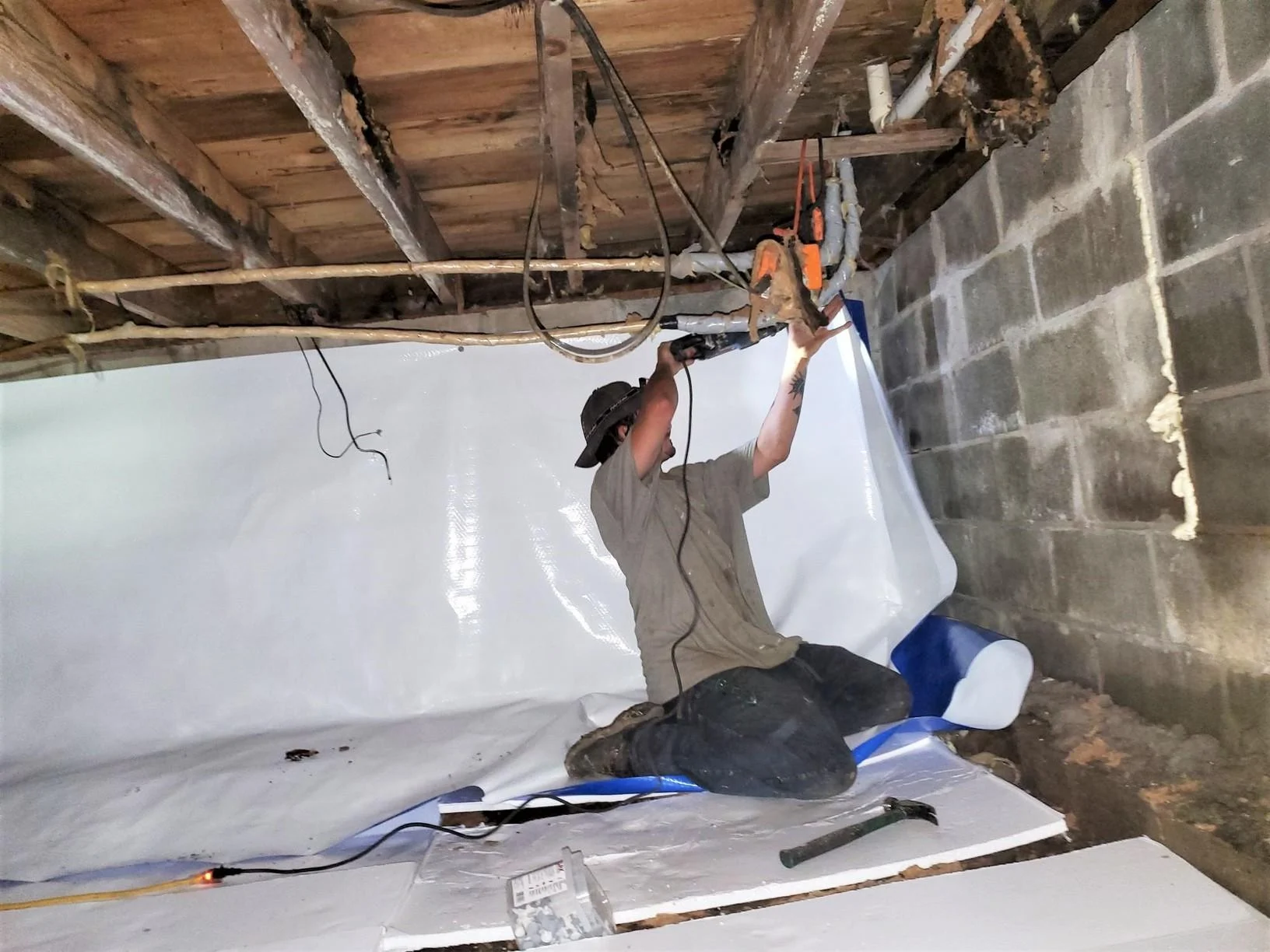
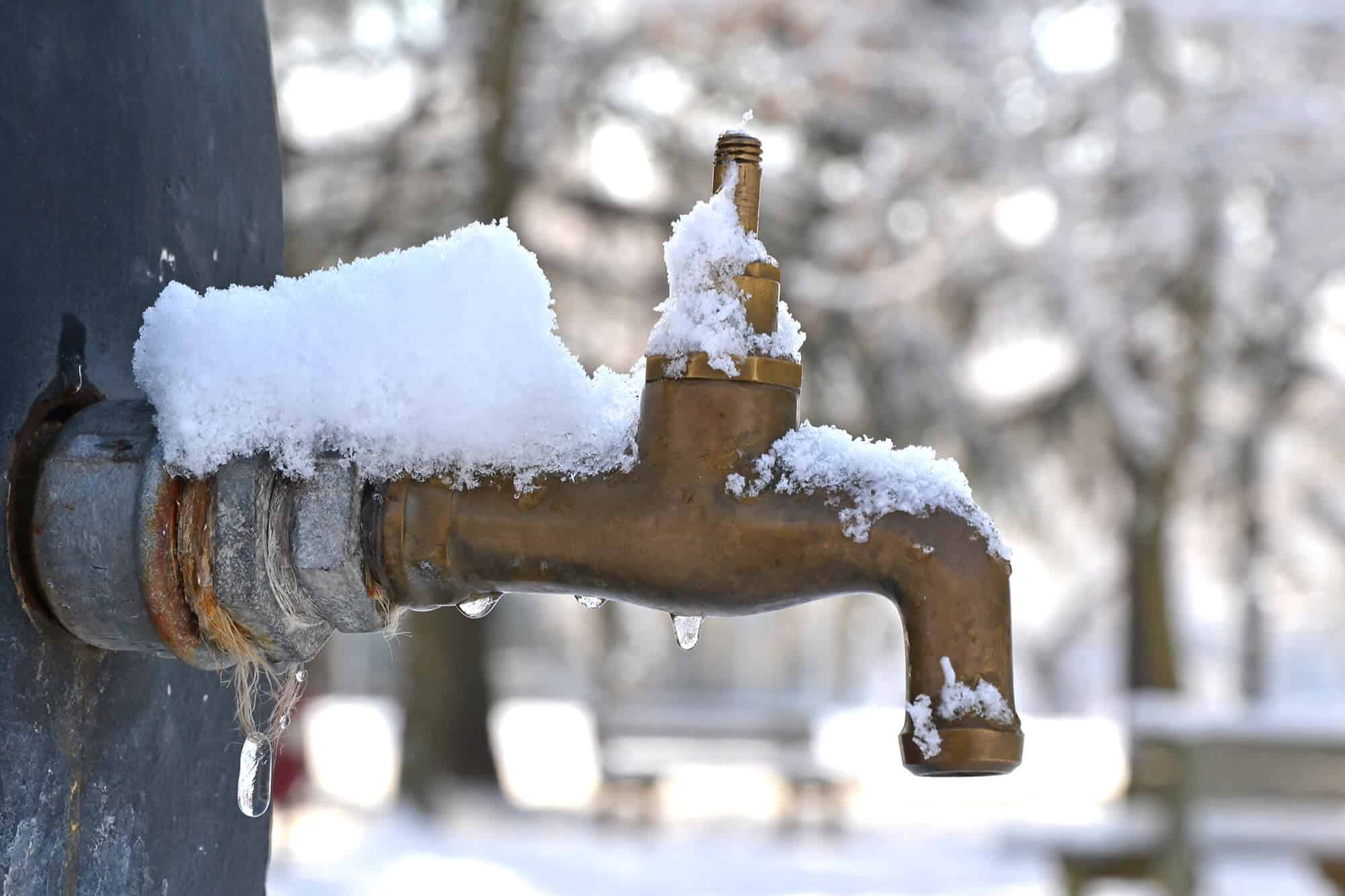
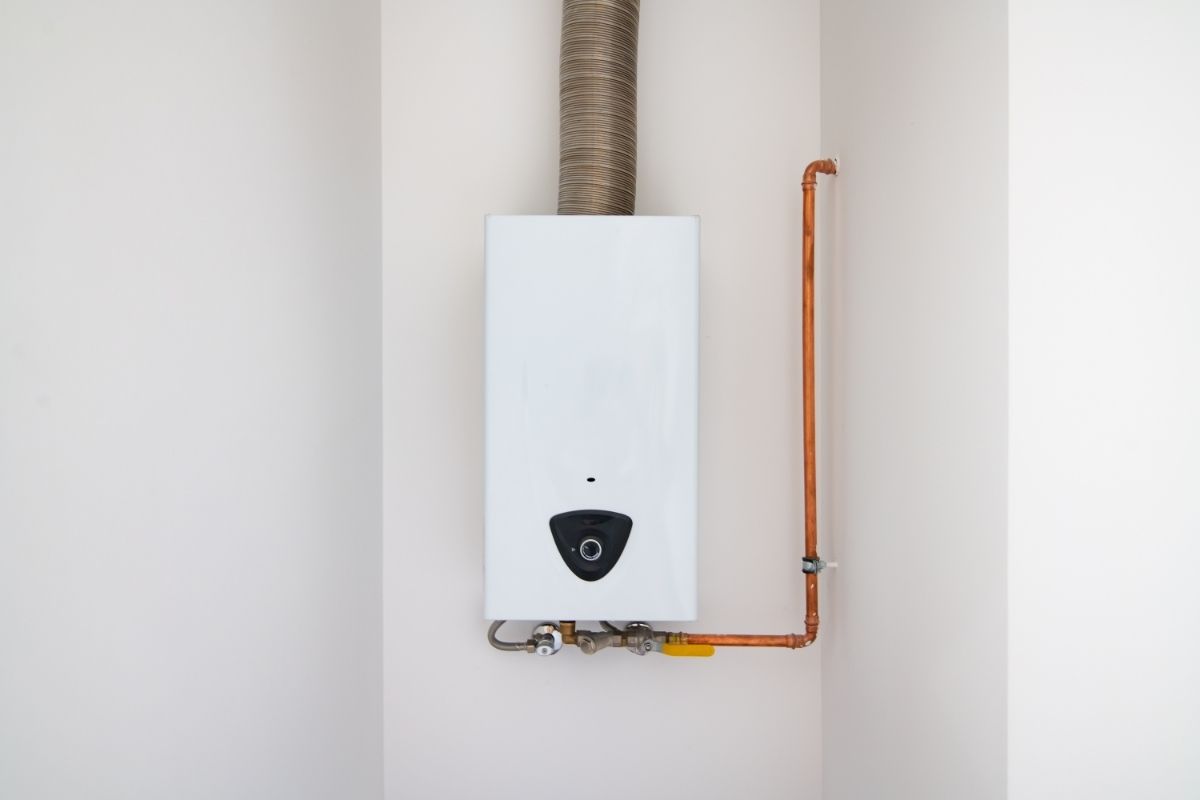
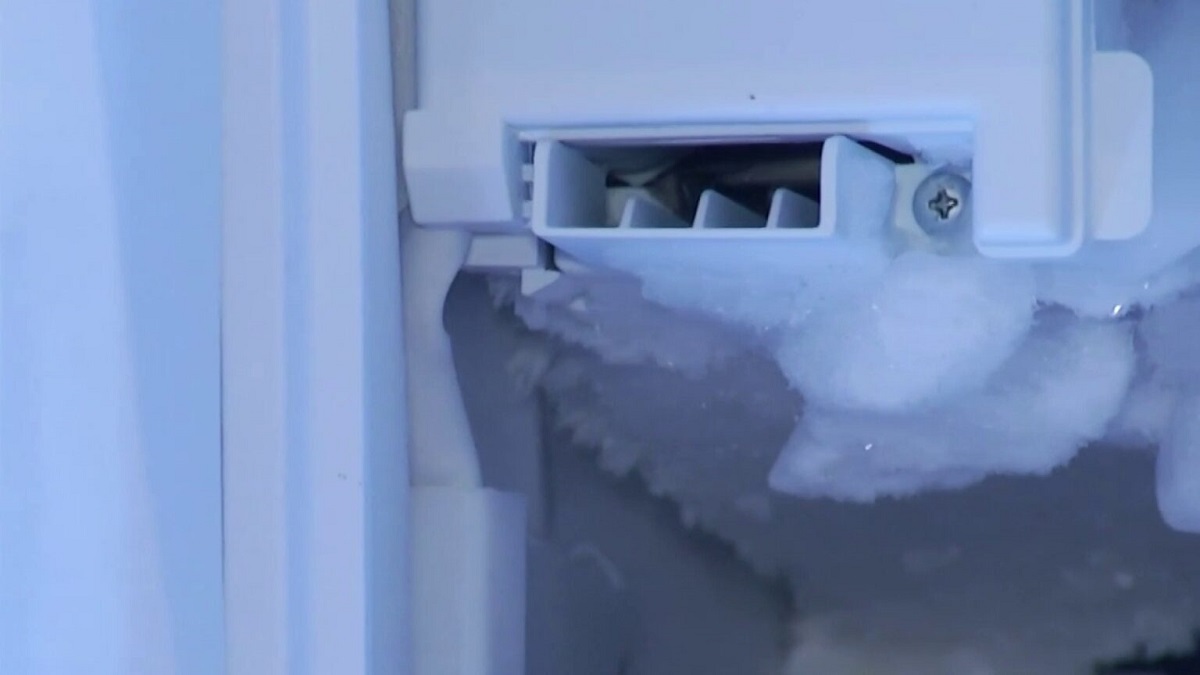
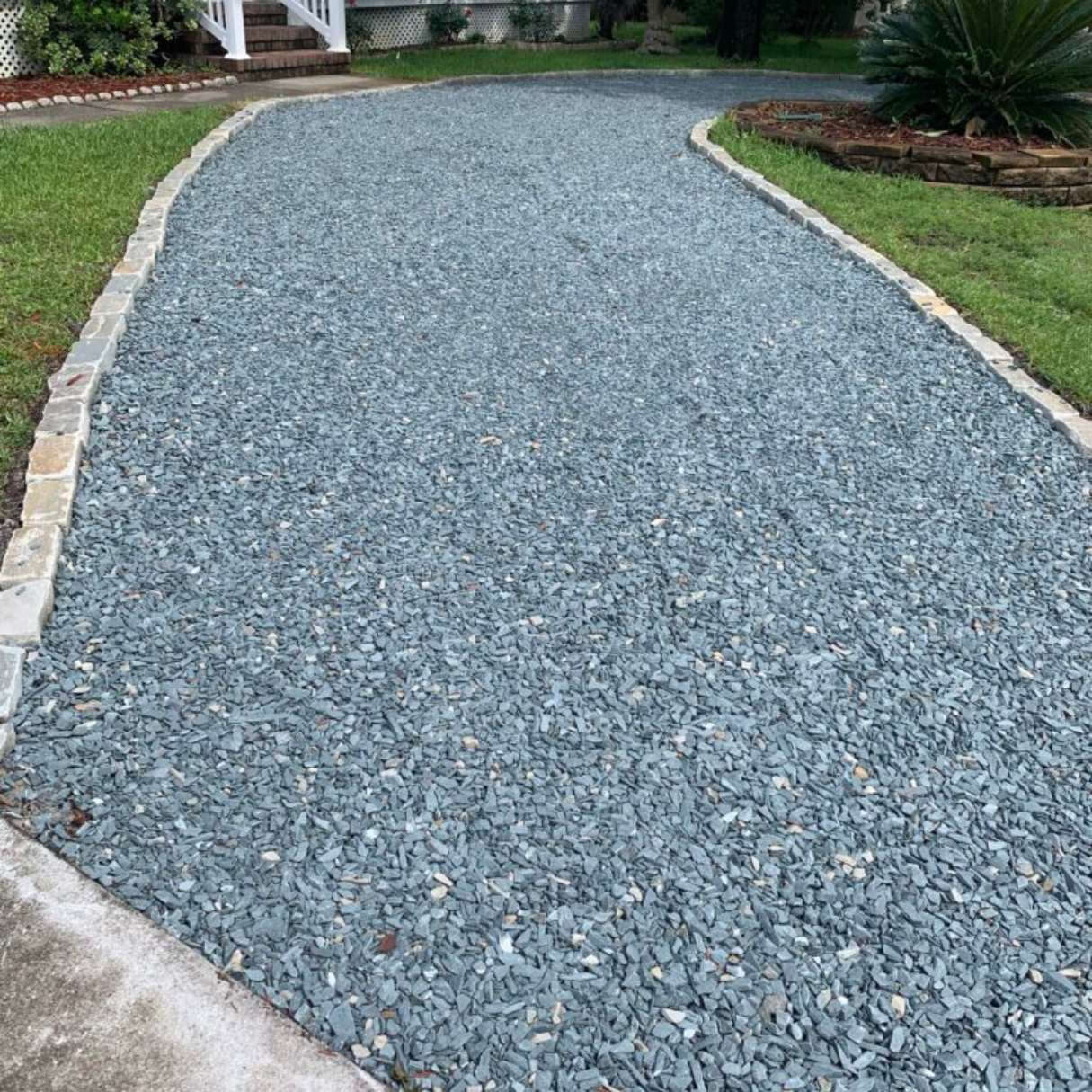

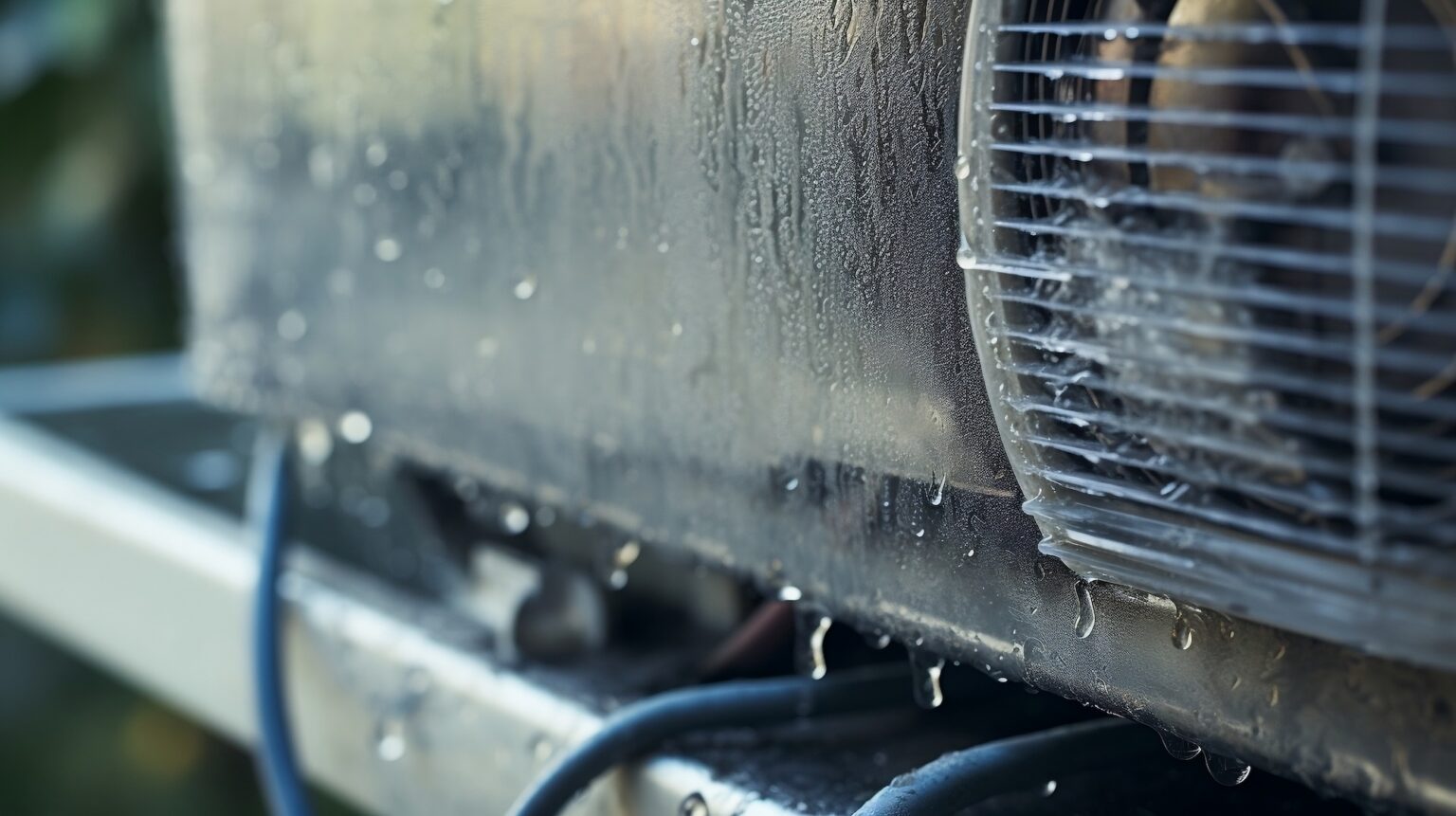
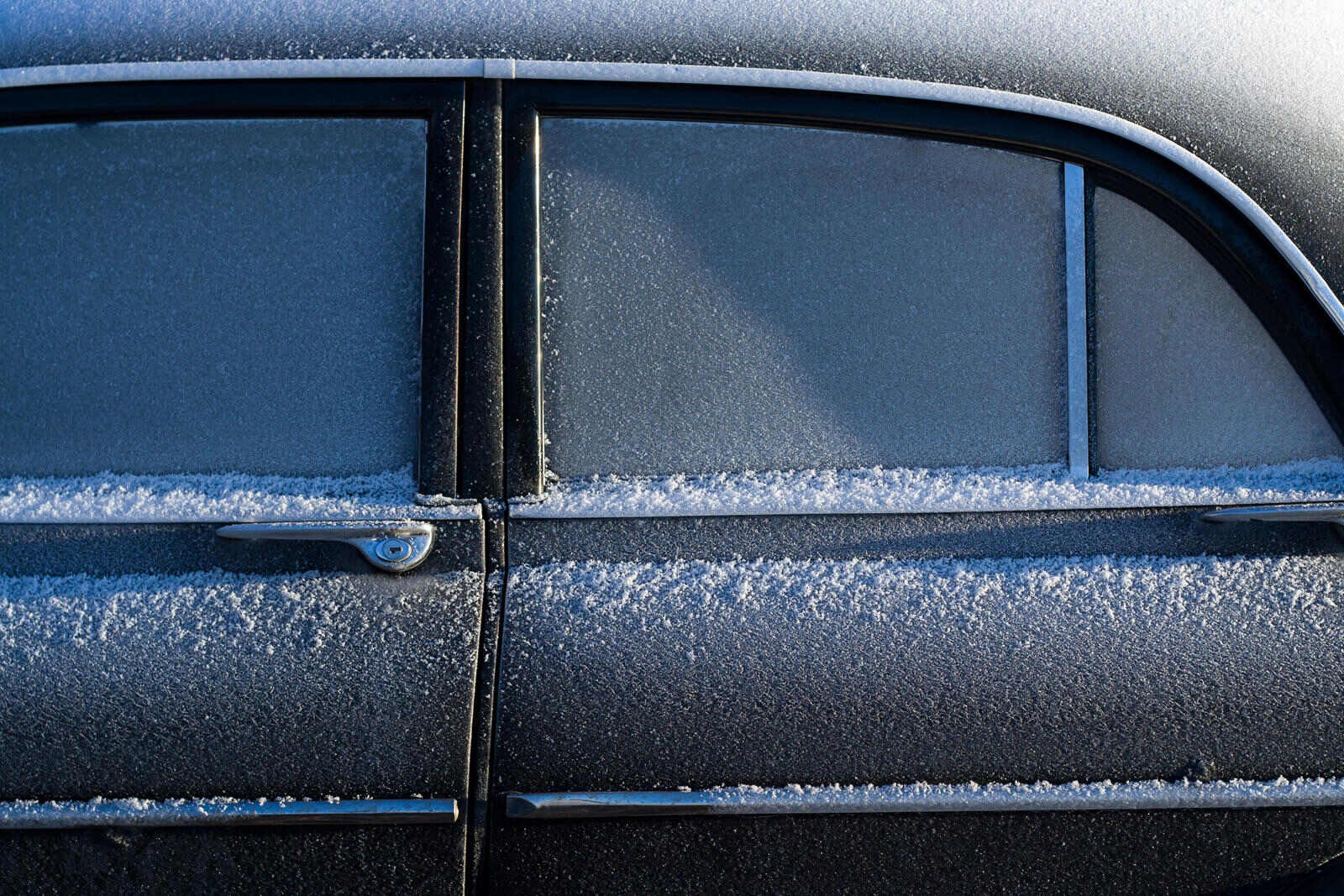

0 thoughts on “How To Keep Driveway From Freezing”